It's been said many times that the U.S. has one of the safest food supplies in the world. But take a look at our food safety history and you'll believe otherwise. Meats can be sold with food-borne pathogens in them. Peanuts were once shipped with positive salmonella contamination. And leafy greens, namely romaine lettuce and spinach, are the largest (and most notorious) carriers of E. coli.
According to the Centers for Disease Control and Prevention (CDC), roughly 48 million people get sick from food-borne illness each year in the U.S — which is not a comforting statistic. While many strides have been made toward improving food protocols and regulations, the overall system remains broken as major regulatory agencies continue to take advantage of consumer safety.
A lot of what we know about our foods is still a mystery. And it's also quite nightmarish — so much so that you may be compelled to ditch the grocery stores and forage for your own food out in the wild. The nationwide food system is explored (and exposed) in Netflix's "Poisoned: The Dirty Truth About Your Food," a documentary that delves into the ugly side of food production, regulation and law. At the center of the documentary is Bill Marler, a personal injury attorney and ardent food safety advocate. Marler has litigated numerous cases concerning romaine lettuce, cut fruit, caramel apples, tomatoes, cookie dough, baby formula, Lucky Charms . . . you name it. The documentary also spotlights the families of those who either lost their lives to or were severely affected by food-borne illnesses.
Here are the six most harrowing revelations from the doc:
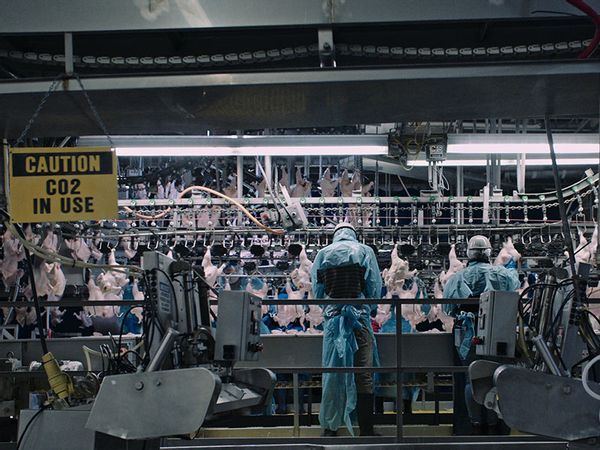 Poisoned: The Dirty Truth About Your Food (Photo courtesy of Netflix)
Poisoned: The Dirty Truth About Your Food (Photo courtesy of Netflix)The deadly and ruthless outbreak took place between 1992 and 1993, when the Washington State Department of Health investigated several cases of children with bloody diarrhea and hemolytic uremic syndrome (HUS) caused by E. coli O157: H7. The source of the bacteria and string of illnesses was traced to contaminated hamburger patties sold at area Jack in the Box restaurants. Numerous E. coli infections were later reported in Idaho, California, and Nevada. In total, 73 different Jack in the Box locations were linked to the outbreak, which affected over 700 people — 602 of whom were in Washington. Four children died and 178 others were left with permanent effects including kidney problems, brain damage and asthma.
The investigation found five slaughterhouses in the U.S. and one in Canada as possible sources of the bacteria but was unable to track down the producer behind the contaminated meat, Von Corporation of California. Legal documents obtained by Marler also found that Foodmaker, Inc. — the operator and franchisor of Jack in the Box restaurants — refused to comply with the State of Washington Department of Health's guidelines to cook ground beef at the required 155 degrees. The company said the high temperature made their burgers too "tough," despite receiving several warnings that their hamburgers were being undercooked.
The four deaths in the outbreak were six-year-old Lauren Beth Rudolph, two-year-old Brenda Nole, two-year-old Celina Shribbs and seventeen-month-old Riley Detwiler, whose father Darin Detwiler is both a professor and food safety advocate.
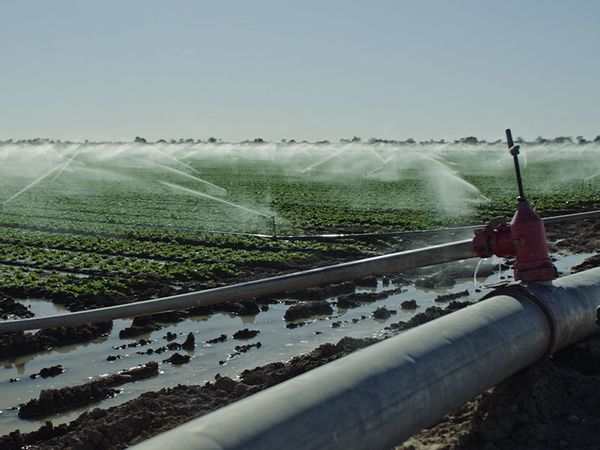 Poisoned: The Dirty Truth About Your Food (Photo courtesy of Netflix)
Poisoned: The Dirty Truth About Your Food (Photo courtesy of Netflix)Many will be shocked to learn that the most concerning — and potentially fatal — part of their burger isn't the meat patty but rather, the lettuce. In fact, both lettuce and spinach pose the highest risk of E. coli contamination to consumers. That's because lettuce and spinach that are grown in close proximity to livestock can get tainted with pathogen-filled feces, which are washed into irrigation canals and then sprayed onto plants. This distribution system makes it incredibly easy for deadly pathogens to easily travel from animals to produce. And unfortunately, there aren't any clear solutions on how to better the situation.
"The regulation of animal waste is minimal," explained Marion Nestle, a molecular biologist and author ("Safe Food: The Politics of Food Safety" and "Food Politics: How the Food Industry Influences Nutrition and Health"). "We have laws on the books, but they're not enforced. That is an American scandal."
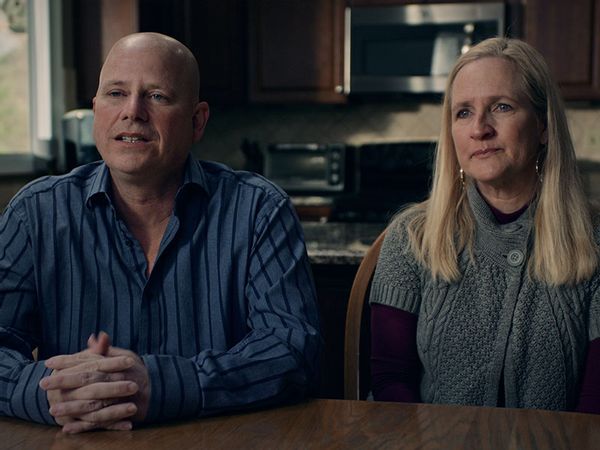 Scott and Candie Ingberg in "Poisoned: The Dirty Truth About Your Food" (Photo courtesy of Netflix)
Scott and Candie Ingberg in "Poisoned: The Dirty Truth About Your Food" (Photo courtesy of Netflix)In the documentary, Stephanie's parents, Scott and Candie, recalled that their daughter fell sick before leaving for a family vacation to the Dominican Republic. Stephanie had gas and diarrhea, which her parents dismissed as an upset stomach. Her symptoms, however, worsened throughout the night, prompting her parents to seek medical help.
"The next morning when they let me go in to see her, she didn't recognize me," said Candie. "She was pulling at her hair . . . her kidneys had stopped functioning and she was having swelling of her brain." Stephanie was eventually admitted to St. Luke's Hospital in St. Louis where doctors discovered that she had Shiga toxin, which is produced by the dangerous E. coli O157:H7.
"This condition in her body was like a nuclear bomb exploding inside you, where it hits every single organ and you have to get in there and pick up the pieces," explained Stephanie's doctor, Dr. Pablo Dayer.
Upon further investigation, Stephanie's parents learned that their daughter had eaten a Panera Bread salad made with contaminated lettuce. Civil lawsuits were filed in the Circuit Court of St. Louis (MO) County on behalf of Stephanie and in the U.S. District Court, Eastern District of New York, on behalf of Brianna Ruocchio, who also suffered from severe HUS four days after eating a Panera salad.
Stephanie ultimately came out of her coma and recovered from her illness, though she still struggles with medical complications and may need a kidney transplant one day.
"It took me a long time to rebuild my strength. My coma kind of knocked me out for the hardest parts, but I know there were moments that my family and my doctors didn't think I was gonna make it through, which has been really hard on them, and it's hard for me to know that I put them through that pain," Stephanie said.
"I ate a salad, and now I have long-term health effects from it."
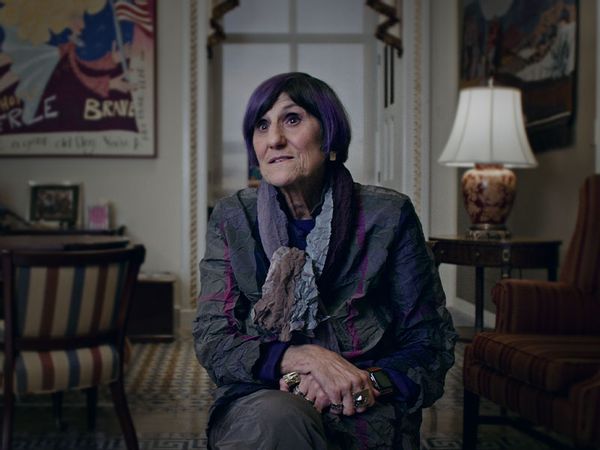 Rosa DeLauro in "Poisoned: The Dirty Truth About Your Food" (Photo courtesy of Netflix)
Rosa DeLauro in "Poisoned: The Dirty Truth About Your Food" (Photo courtesy of Netflix)That's because there are 15 federal agencies that are each responsible for regulating very different food products. Take for example the United States Department of Agriculture (USDA) and the Food and Drug Administration (FDA). The former regulates meat and poultry products, egg products and catfish. The latter regulates "all foods involved in interstate commerce" or "80% of the U.S. food system," per Frank Yiannas, FDA Deputy Commissioner for Food Policy and Response. That includes produce, like leafy greens.
Food safety gets tricky when it concerns foods made in a restaurant, which contain ingredients that fall under several agencies' jurisdiction. Think about a taco. There's beef, a USDA-regulated food. The cheese, pico de gallo and additional fixings are all FDA-regulated foods. And the restaurant itself is regulated by the local health department.
"When there's a food-borne illness outbreak, no single agency is responsible," said Congresswoman Rosa DeLauro (D-CT). "So there's a lot of finger-pointing."
 Bill Marler in "Poisoned: The Dirty Truth About Your Food" (Photo courtesy of Netflix)
Bill Marler in "Poisoned: The Dirty Truth About Your Food" (Photo courtesy of Netflix)The infamous Peanut Corporation of America (PCA) came under fire in late 2008 and early 2009, when nine people died and at least 714 people in 46 states fell ill due to food poisoning from eating products containing salmonella-contaminated peanuts. The source of the outbreak was determined to be poor sanitation — rat droppings were found throughout PCA, a rat was spotted dry-roasting in a peanut area, and a family of baby mice were found in a bag of peanuts, according to former employees.
PCA supplied their peanuts to several major companies, who enforced contractual requirements to test the peanuts before they were shipped. When several batches of peanuts tested positive for salmonella, PCA began forging their test results, saying that they were negative. PCA's quality assurance manager even changed the dates of old positive results to more recent dates before sending them out to companies.
In September 2015, PCA owner and CEO Stewart Parnell was sentenced to 28 years in federal prison for his role in the nationwide outbreak.
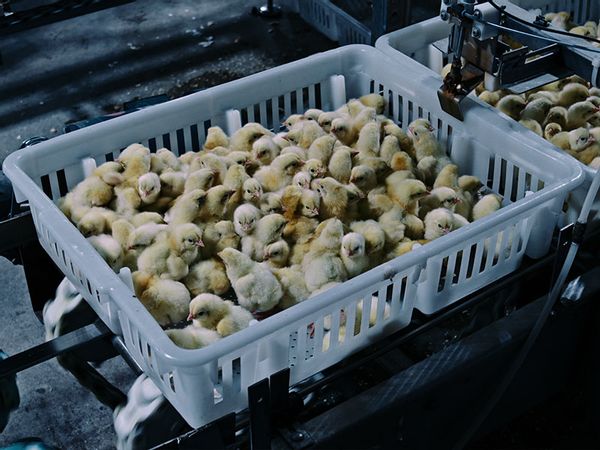 Poisoned: The Dirty Truth About Your Food (Photo courtesy of Netflix)
Poisoned: The Dirty Truth About Your Food (Photo courtesy of Netflix)It is 100% legal for companies to sell raw chicken contaminated with salmonella, thanks to the 1974 case American Public Health Association v. Butz. In it, the U.S. Court of Appeals for the District of Columbia Circuit ruled that salmonella was naturally present in meats and thus, the consumer's responsibility to properly handle and cook their meats to rid them of pathogens.
"In this country, if you buy poultry from any grocery store, regardless of the brand that you buy, your primary assumption should be that it contains pathogens such as salmonella and campylobacter," said Mansour Samadpour, Ph.D., CEO of IEH Labs in Seattle, Washington, in the documentary.
Many lawmakers have retaliated against the decision, including Marler, who petitioned the USDA to ban several types of salmonella in raw chicken products.
"After receiving Marler's petition, the USDA decided to ban Salmonella in some chicken products," the documentary revealed at the end. "But the problem is far from solved, as Salmonella is still legally allowed in most chicken products sold in the U.S."
"Poisoned: The Dirty Truth About Your Food" is currently available for streaming on Netflix. Watch a trailer for it below, via YouTube:


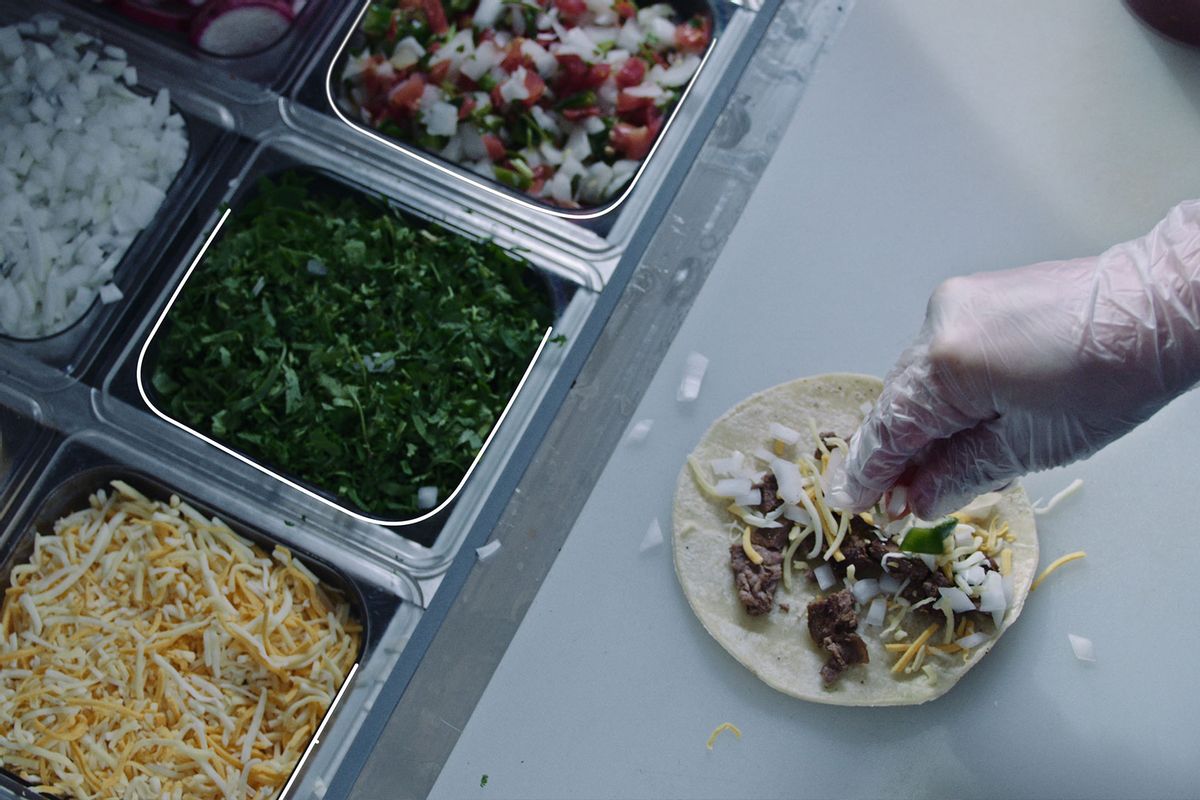
Shares